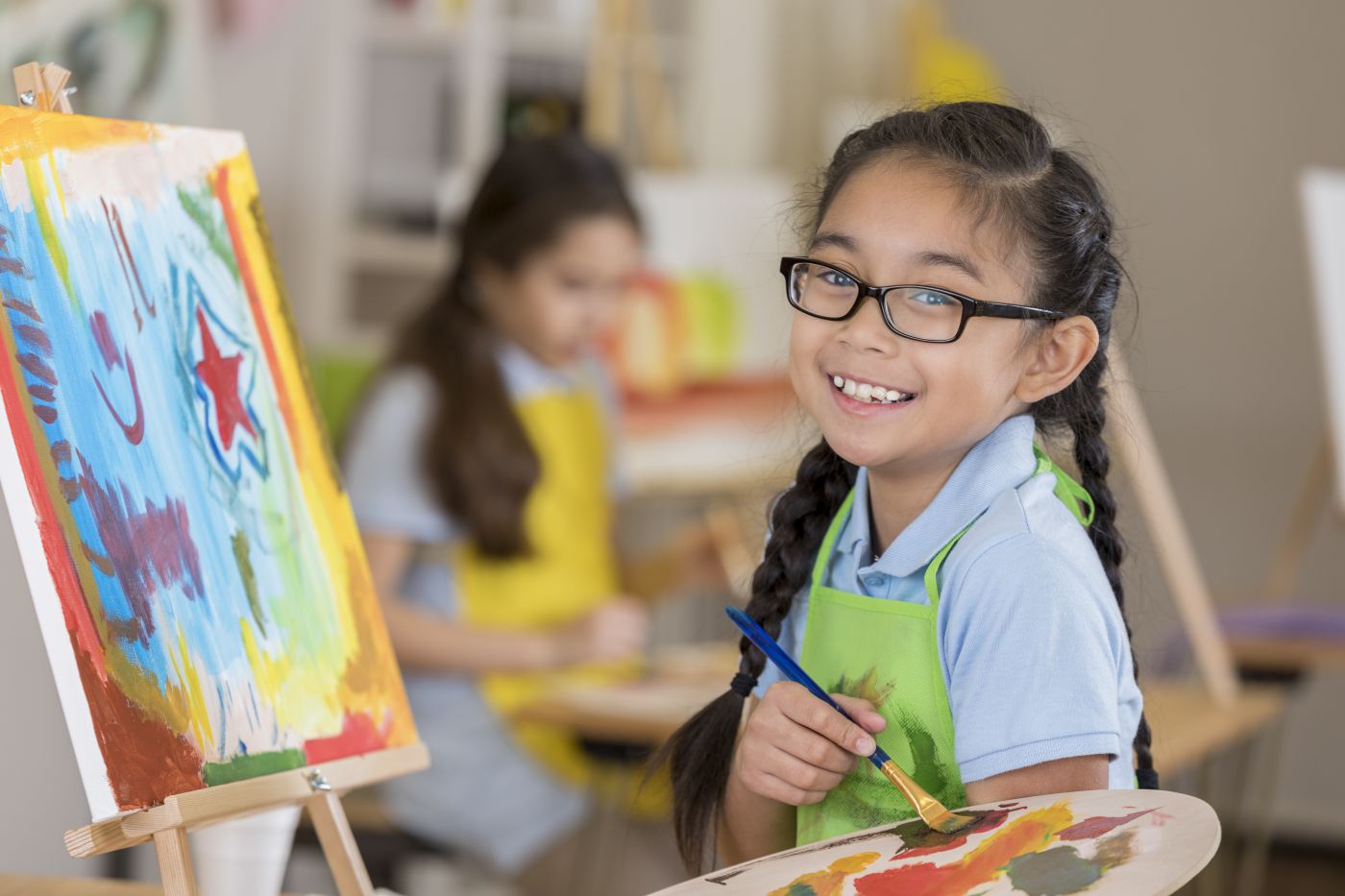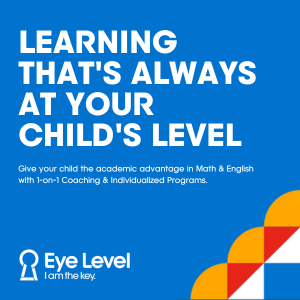Written by Choo Li-Hsian.

Photo Credit: iStock
As parents, many of us would like to raise children who have a natural love of learning. We want children whom we do not have to nag to finish their homework, revise their subjects and read up more to gain extra knowledge.
You actually do not need to actively instil a love of learning in children, for they are already born with it. You merely need to nurture it so that this love continues to grow. If you observe very young children, you will have noticed that they have an instinctive eagerness to explore and a hunger for new experiences. As they grow older, this love of learning sometimes fades away if they are forced to learn in ways that do not appeal to them or which do not really engage their attention or interest. This inborn love gets “educated out of them”, especially in schools that only teach to the test. We need to remember that education is more than just the accumulation of academic knowledge and awards. Socrates once said, “Education is the kindling of a flame, not the filling of a vessel.”
What we can and must do, as parents, is to fan the flames of our children’s natural curiosity and innate desire for discovery, to keep this fire of learning in them burning for as long as we can. We can do this by firstly, selecting the right schools for our children. The culture and curriculum at a good international school will provide the right support and scaffolding children need to learn with real understanding and reach their true potential.
At home, we can complement the school’s efforts by doing things with greater awareness, to consciously cultivate positive learning habits and mindsets in our little ones. Below are six tips on how you can help your children continue to love learning, even as they mature.

Photo Credit: iStock
1. Let Your Children Try Many Things
Help your children discover what they like and can be good at by exposing them to as many things as possible. Aside from a well-rounded curriculum and academic programme, a good international school will have extracurricular activities for children encompassing sports, outdoor activities, STEM subjects and the arts. Encourage their participation as they may uncover new talents and hidden passions. Look into other after-school programmes if what they are interested in is not offered at school.
Allow them to explore things they genuinely enjoy, not things you think will be “good for them” to do. When a child is allowed to flourish by developing their natural talents and abilities, the increased confidence, inner joy and sense of achievement will make them feel good about learning. They may also pick up new skills that are useful for their learning journey. My son started chess at an academy outside of school. Chess has helped him become more thoughtful, to think ahead when solving problems and to focus better in the classroom.

Photo Credit: iStock
2. Provide Hands-On Experiences, Link Learning to Real Life
Most children learn best through doing. As Benjamin Franklin noted, “Tell me and I forget. Teach me and I remember. Involve me and I learn.” Simply studying by rote from a textbook or only listening to a teacher talk can curb a child’s enthusiasm for learning. Pairing classroom content with hands-on experiences outside school will help make learning visible, contextual and more memorable for children. Hands-on activities will further ignite a child’s interest and imagination in what they are learning. For example, if a child is studying about marine life, take them to an aquarium. If he or she is learning about plant adaptations, take a walk around the local forest reserve to observe the different types of leaves, collect samples and research these further at home. If the child is learning about painting styles, go for a guided tour at the local art gallery. Take them to an orchestra or musical performance if they are learning an instrument. Recently, my children became more interested in Shakespeare’s writing after watching a child-friendly adaptation of A Midsummer’s Night Dream by the KL Shakespeare Players. Seek out events that can complement the classroom curriculum.
Hands-on learning can also happen at home. Look around your home and daily routine to see how you can link learning to your child’s life. During the pandemic, my children and I found many caterpillars in our compound and we learned how to keep them alive for their full metamorphosis cycle. It was an exciting and insightful real-life lesson on the wonders of nature. Cooking activities are also a great way to learn. They provide opportunities for reading recipes (English), understanding measurements (Maths), appreciating chemical changes (Chemistry) and grasping the value of general nutrition (Biology).

Photo Credit: iStock
3. Own Your Passion, Model Enthusiasm
It is no secret that one of the main ways children learn is by watching and emulating their role models. As parents, we are their most important role models. So, we need to own our passion and model enthusiasm in our own projects. We need to talk about our interests in a way that excites and inspires them to do the same. Be open about the problems you face when pursuing your passions, and how you have overcome these challenges personally. This will show children that they need to work at and persevere with things even when what they like doing is sometimes tough. In the same way, a good teacher at school who is genuinely enthusiastic about the subject he or she teaches will find students responding more positively to their lessons.

Photo Credit: iStock
4. Create Different Sticky Points, Make Learning Fun
As the proverb says, “There is more than one way to skin a cat.” There are usually many ways to learn something but if we become too fixated on a given syllabus or traditional textbook learning, we may forget this important point. We need to create different “sticky points” for children to remember important educational concepts.
For example, lessons on Maths operations can move beyond abstract arithmetic equations to incorporate attractive visual aids, songs to help children remember Maths rules, and also Maths stories that link these operations to real life scenarios. Use apps and online quizzes (e.g. Kahoot, Quizizz) as well as paper-based (e.g. crosswords, word searches, BINGO) and physical games (e.g. scavenger hunts, charades) to drive home concepts.
Incorporating art, music and creative writing into other academic subjects can also make learning more fun and meaningful. Ask children to write a song about the solar system, a poem about a body part, or write a story from the perspective of a caterpillar as it transforms into a butterfly. Get them to build a model of a house using only recyclable materials.
Parents and teachers can also use “brain breaks” consisting of short, silly games to help disrupt the monotony or the frustration felt during a difficult lesson. After these breaks, children will feel re-energised and be able to focus better. They will continue to feel that learning is fun and not stressful.

Photo Credit: iStock
5. Take Time to Listen and Answer Questions
Children love to ask "how" and "why". Take time to answer their many questions. It will encourage them to keep asking and learning. These questions often provide clues about their interests and what they are trying to learn. This will help you focus your teaching efforts. Long scientific or factual explanations are not always required. Wait for more probing questions. If you don’t know the answer, admit this but tell them that you will find out together. This is an important lesson as children need to know there are other ways to find out answers besides asking someone. They can learn how to do research on their own and look for credible information. When reading a textbook or storybook, always encourage children to read critically (not just skim through the text), to actively find out the meaning of words they don’t know and things they don’t understand.

Photo Credit: iStock
6. Discover their Learning Style
George Evans said, “Every student can learn, just not on the same day, or the same way.”
Every parent wants a school that will deliver the school curriculum successfully, but we also want more than that. We all believe our children are “unique little snowflakes”. A good international school will take time to help you learn about your child’s strengths, weaknesses and how your child learns best through a school counsellor or an in-house educational psychologist. There are also many online quizzes to help you determine your child’s learning style. You can sometimes make a solid guess based on your observations of your child’s interests and the activities he or she enjoys the most.
Many of us now know that different children learn through various ways: visually, aurally, verbally, kinaesthetically or physically, logically, socially or in a solitary manner. Visual learners often enjoy art and process information best when it is presented in writing or images. Auditory learners prefer listening to information, and are said to have verbal strengths and musical aptitude. Kinaesthetic learners are physical, learning most effectively through movement and touch. They might excel at sports or dance, and use fingers or hand gestures when learning. It is up to us to discover the learning style that suits our child best and support him or her accordingly.
Every child and every family is different. As you put these tips into practice, you and your child will instinctively know which lifelong learning approach you love the best. Have fun finding the perfect learning combination that fans the flames of learning for your family!


































